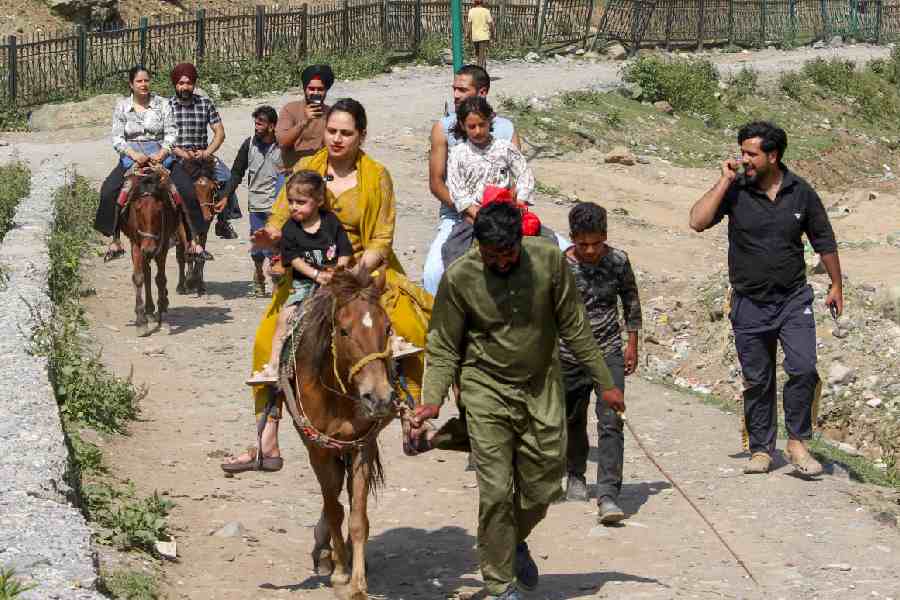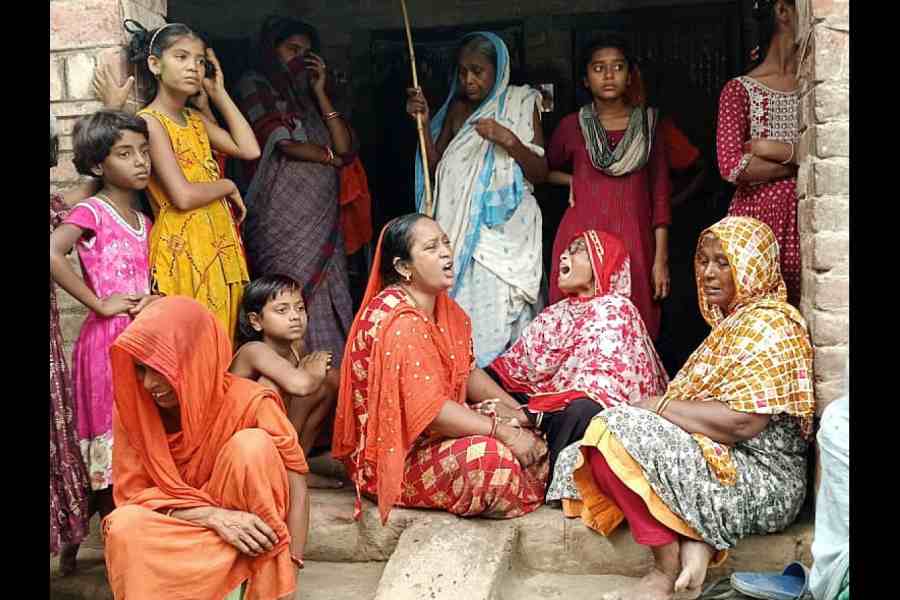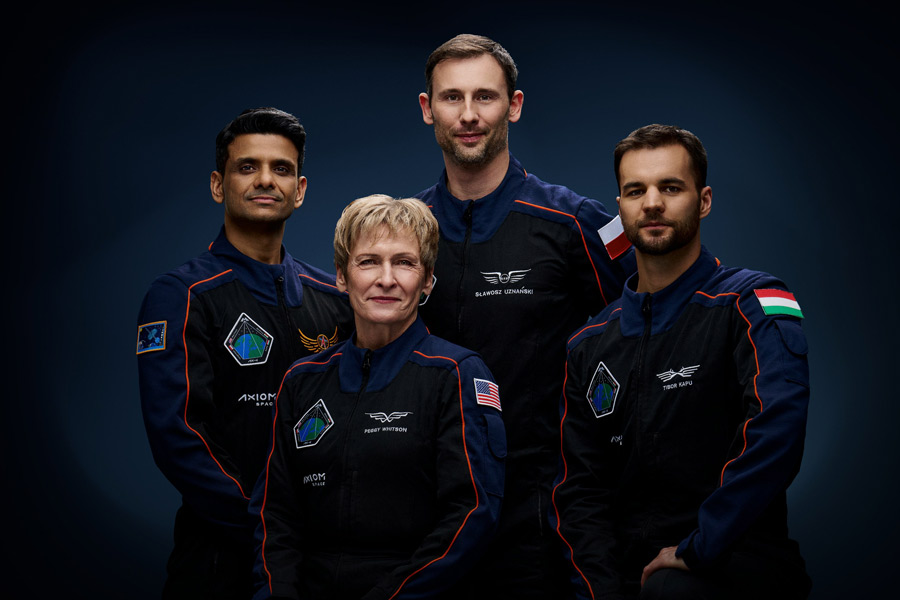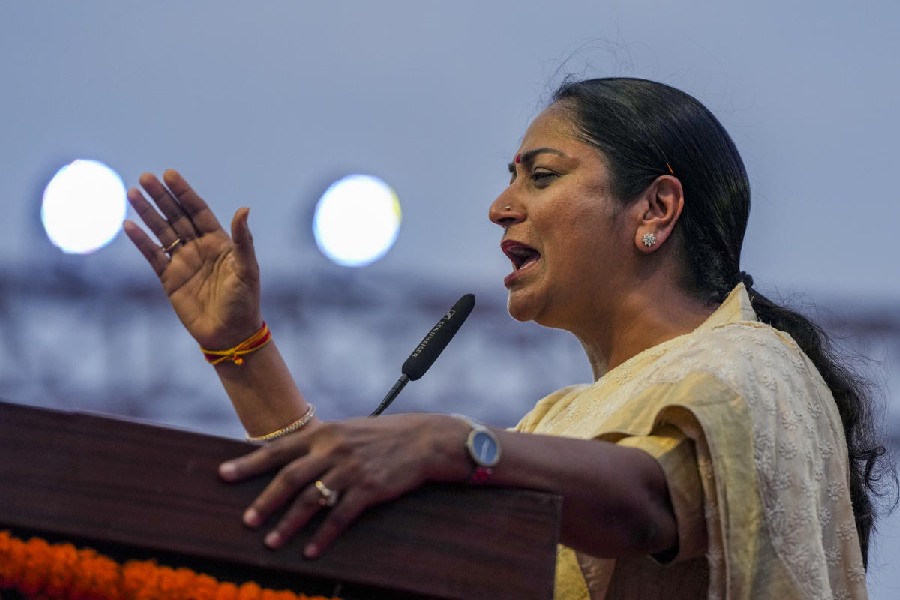 |
| Pratap Rughani and Vron Ware at the discussion. Picture by Pradip Sanyal |
Branislov, from Slovakia, says that wherever he goes in the city, he is asked if he is from England.
“All white-skinned people are assumed to be British. They are treated ridiculously well, too,” says Branislov, an undergraduate student of political science at Jadavpur University.
He was speaking at a discussion on a British Council project called ‘I, Me, Myself: Indian or Global?’ at Bengal Club on Wednesday.
The project, which began as a debate on “Britishness” in the UK, is travelling around the world. In India, it led to a discussion of what constitutes “Indianness”. Which was as vast and problematic as the country itself, but led to the discussion of Indian stereotypes, of “Us and Them” that refuse to die.
It could be skin colour. Whites are still “worshipped”, said a participant, but not all foreigners. “People from Africa are not treated so well,” says Branislov, who has Africans studying with him.
“It’s all about colour,” asserted Azmeen Dangri, a young Parsi entrepreneur, who says she is often thought to be a “foreigner”.
But as Santanu Bose, video theatre artiste, pointed out, the worship of the white-skinned may not be unambiguous. “We may be saying nice things to him, but to make up for it, we may be saying nasty things in Bengali.” He added that Bengali is rich in its “underbelly” of terms for other Indian communities.
The marker could be a goatee. Bishan Samaddar, a young NGO worker, said he was questioned by police in Varanasi because he “looked” like a terrorist. “I used to wear a goatee then. I also spoke Hindi with a lot of Urdu.
“I was picked up near a temple by police, who said I looked like a terrorist and asked me to prove I was not a Pakistani. How does one prove that?” he asked.
Sangay Dolma from Sikkim, who defined herself as a “second-generation Tibetan”, said that she has many friends from the city. “But I feel a part of them that doesn’t really connect with me because they are from Calcutta and I am from the Northeast,” she said.
There were other problems about Indian identity. As Ipsita Haldar asked in her presentation on food and identity: “Am I emancipated when I drink tequila? Is it liberating to cook spaghetti?”
The sessions were moderated by Pratap Rughani, director, Lotus Films, UK, Vron Ware, a journalist from the UK, and Nilanjana Gupta, who teaches English at Jadavpur University.
It’s tough being Indian — if you think about it.










